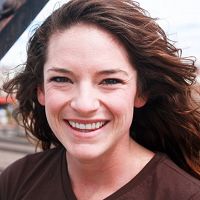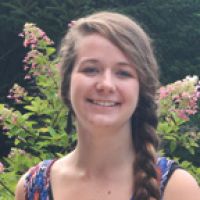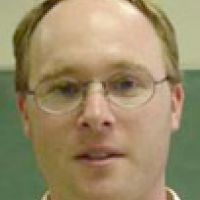Marco
Sandstone ridges act as collectors for dust and overlying soil particles over 100 ka timesframes
Virginia Marcon*, Beth Hoagland, Xin Gu, Jason Kaye, and Susan Brantley (2018)
Abstract 12f:302 presented at 2018 Goldschmidt Meeting, Boston, MA 12-17 August
-
Shale Hills, GRAD STUDENT
-
Shale Hills, GRAD STUDENT
-
Shale Hills, INVESTIGATOR
-
National, Eel, Luquillo, Shale Hills, INVESTIGATOR, COLLABORATOR
Abstract
In a headwater catchment completely underlain by quartz arenite, thick soils (>1m) enriched in Al, K, Fe, and Mg have developed despite the insoluble nature of the protolith. High Fe concentrations, red coloration of deep groundwater, and Fe-staining on quartz-rich boulders indicate transport of Fe-rich particles through quartz-rich colluvium. The thick soils, 87Sr/86Sr ratios in soils and bedrock, and Fe particles suggest that non-silica components are largely derived from stratigraphically younger shale units that have weathered from the catchment but have been retained in the subsurface. K-feldspar grains observed in the soils are not observed in arenite or the shale. Additionally, soils on the sandstone have higher P availability, and P concentrations are higher in live foliage as compared to shale soils. In contrast, other nutrients (Ca, Mg, Fe, K) are depleted in the sandstone soils relative to shale soils in a nearby watershed with faster erosion rates and little evidence of eolian deposition. Thus, it appears that atmospheric deposition of
dust has contributed nutrients to the chemically resistant quartz arenite watershed. In the eastern U.S. where precipitation exceeds evapotranspiration, dust-derived nutrients might be considered to be negligible as compared to chemical weathering of in-place rock. However, in a chemically resistant catchment with slow erosion rates (~6m/Ma) and long exposure times (100-350ka) such as those found along topographic highs in the Valley and Ridge Province, US, dust and residua from overlying rocks apparently accumulate as an important source of nutrients within a watershed that would otherwise be nutrient-limited.
Citation
Virginia Marcon*, Beth Hoagland, Xin Gu, Jason Kaye, and Susan Brantley (2018): Sandstone ridges act as collectors for dust and overlying soil particles over 100 ka timesframes. Abstract 12f:302 presented at 2018 Goldschmidt Meeting, Boston, MA 12-17 August.
 This Paper/Book acknowledges NSF CZO grant support.
This Paper/Book acknowledges NSF CZO grant support.
Explore Further




